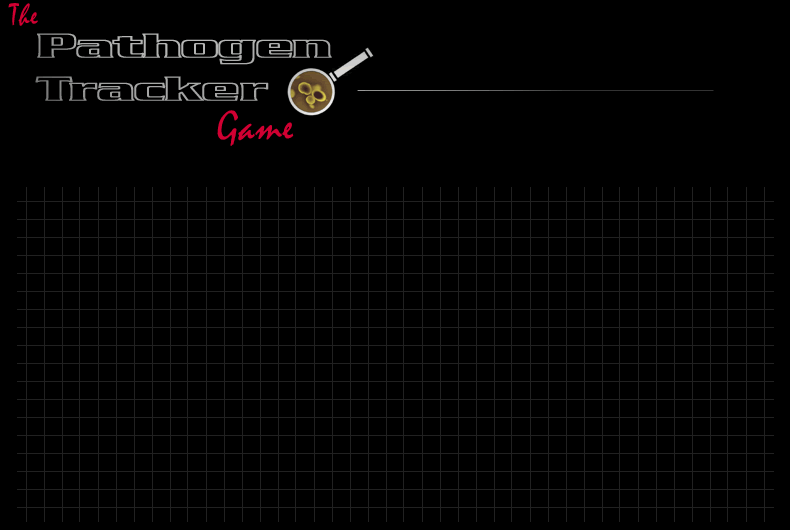This page is also available as a downloadable file.
Download as:
Word | PDF
Related Resources
Contents
FDA US Food and Drug Administration
Information for Students and Teachers
This page has many links to valuable teacher resources: the Science and Our Food Supply middle and high school supplementary curricula, which are linked to the NSES and include five modules following food from farm to table; and, the Food Safe Schools Action Guide, which has roles for everyone in any given school from the teacher to the cafeteria manager to the school nurse. The Action Guide also includes the supplementary curriculum.
Science And Our Food Supply
A downloadable middle school science curriculum on food safety and foodborne illnesses.
Dr. X and the Quest for Food Safety
An award-winning video that accompanies the middle and high school supplementary food science curricula—“Science and Our Food Supply”
Food Safe Schools Action Guide
The Guide represents the state of the science in school based foodborne illness prevention.
Teach Food Science
The FDA/NSTA Professional Development Program in Food Science is a sustained professional development opportunity for Middle Level and High School Science Teachers, as well as Family and Consumer Science (FACS) teachers of food-related content.
Additional FDA Resources
The Bad Bug Book
A handbook providing basic facts regarding foodborne pathogenic microorganisms and natural toxins.
Foodborne Illness Causing Pathogens in the U.S. – What You Need to Know
The page contains a chart listing many of the pathogens that cause foodborne illnesses in the United States. The chart, available in Spanish, also lists information about these pathogens.
Food Safety Facts for Consumers (e.g., Raw Milk, Food Allergens)
This page has links to several FDA resources related to food safety such as food allergens, bottled water, juices, and milk.
Food Safety and Nutrition Information for Kids & Teens
This page has links to many games and activities and other resources for teenagers related to food safety and nutrition.
Other Related Resources
Animation Quiz 5: Southern Blot
This animation describes in words and in text the process of Southern Blotting. The animation is
also available on dnatube.com but the text is not given.
The Barf Blog
This blog has information about many outbreaks of foodborne illnesses and related resources.
CDC Food Safety Office
The homepage for CDC’s Food Safety Office with links to many resources for food safety.
Create a DNA Fingerprint
This site is a simulation of the process used to make a DNA fingerprint.
Diagnosis and management of foodborne illnesses: A primer for physicians and other health care professionals
The online pdf version of this book contains information about many different agents of foodborne illness. The resource also has several different patient scenarios regarding these diseases.
Disease Detectives
This website comes from the Cleveland Museum. In this activity, students conduct an outbreak investigation using some of the same methods as epidemiologists or “disease detectives” working in the field. The site has teacher resources and student worksheets.
Disease Listing
An alphabetical listing of infectious diseases with links to information about those diseases.
DNA Fingerprints
in this high school lesson, students learn how DNA fingerprinting has been used in criminal investigations.
DNA Interactive Teacher Guide
This Teacher Guide has background information for the teacher as well as lessons relating to genetic fingerprinting.
EXCITE!
Excellence in Curriculum Innovation through Teaching Epidemiology and the Science of Public Health. EXCITE! is a collection of teaching and reference materials developed by the Centers for Disease Control and Prevention (CDC) to introduce and excite youth from kindergarten through 12th grade about the knowledge and skills utilized by public health professionals.
Fight Bac!
This page is a consumer food safety resource with links to curriculum materials and downloads on safe food handling information from the Partnership for Food Safety Education. This organization saves lives and improves public health through research-based, actionable consumer food safety initiatives that reduce foodborne illness.
FSIS Recalls
USDA Food Safety and Inspection Service’s links to information about recalls and public health alerts that involve meat, poultry, and processed egg products.
Foodborne Illness
Frequently asked questions about foodborne illness.
Free Bacteriology Textbook
A free textbook with information about Listeria and listeriosis as well as all other areas of microbiology.
Listeriosis: General Information
Frequently asked questions about listeriosis.
Medical Mysteries
Medical Mysteries is a problem-based adventure game that engages the student in the role of scientist, historian, and detective. The game has three missions, each of which helps the student understand how infectious diseases are spread. There are several teacher and student resources found on the site.
Microbes 1: What’s Bugging You
The focus of this middle level lesson is the relationship between microorganisms and foodborne illness, as well as the implications that foodborne illness has on human health.
Outbreak Surveillance Data
Links to United States reported foodborne illness outbreaks by etiology and food commodities from 1990 – 2007.
PulseNet
PulseNet is a national network of public health and food regulatory agency laboratories coordinated by the Centers for Disease Control and Prevention (CDC). The network consists of: state health departments, local health departments, and federal agencies (CDC, USDA/FSIS, FDA).
Update: Multistate Outbreak of Listeriosis -- United States, 1998-1999
An article from CDC describing the 1998-1999 outbreak of listeriosis in hotdogs.
Virtual Bacterial Identification Lab
The purpose of this lab is to familiarize students with the techniques used to identify different types of bacteria based on their DNA sequence. The techniques used in this lab are applicable in a wide variety of settings, including scientific research and forensic labs.
YUCK Photos
This page has links to a gallery of photographs that show the growth of microorganisms on food contact surfaces.
Careers
BLS Occupational Outlook Handbook
A great place to start the career exploration. Public Health Investigator does NOT show up in this database.
juju job search engine
Another good source with many examples for careers in food safety and disease prevention.
